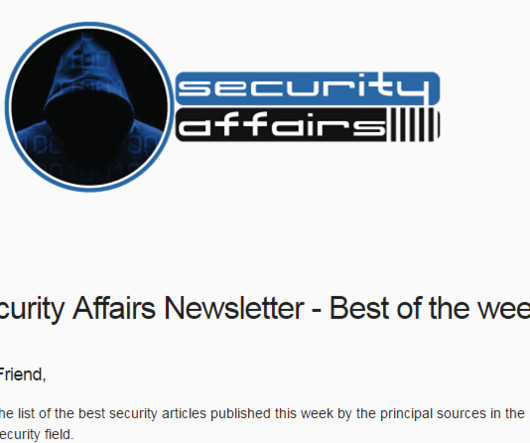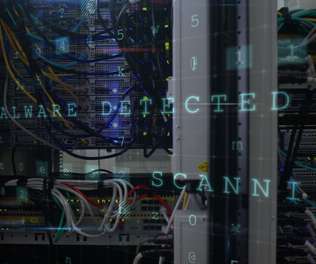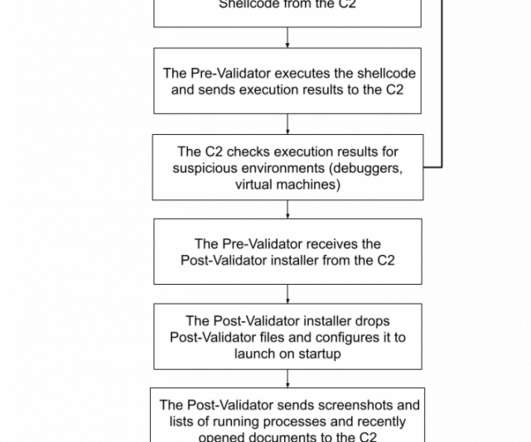Security Affairs newsletter Round 419 by Pierluigi Paganini – International edition
Security Affairs
MAY 14, 2023
ransom Dragon Breath APT uses double-dip DLL sideloading strategy International Press Cybercrime San Bernardino County pays $1.1-million ransom Dragon Breath APT uses double-dip DLL sideloading strategy International Press Cybercrime San Bernardino County pays $1.1-million













Let's personalize your content